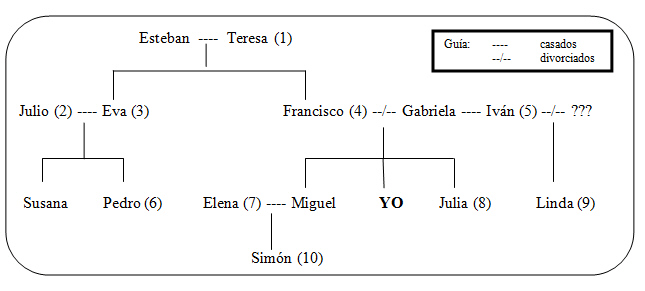In which sections of the poem does Stevens suggest that a unity existsbetween human being and blackbird, between blackbird and the entire natural world? Can we say that Stevens “philosophizes”? What role does imagery play in Stevens’s statement of his ideas?
What will be an ideal response?
- Sections II, IV, VII, and VIII imply various aspects of unity between humans and blackbirds, while sections III, IX, and XII especially suggest the unity of the blackbird with nature in general. As for philosophizing, Stevens himself—who apparently regarded “Thirteen Ways” as a suite or a sequence rather than a single poem—dismissed the notion (perhaps somewhat disingenuously) in a 1928 letter to an editor who had anthologized some of his work: “This group of poems is not meant to be a collection of epigrams or ideas, but of sensations.” Critic Richard Allen Blessing takes a more nuanced view:
Although Stevens limits himself to thirteen ways of looking at a blackbird, the poem suggests that life is a potentially infinite series of encounters between an external, phenomenal “reality” which is forever changing and an imagination which can never be satisfied. . . .
[I]t seems to me that to see the blackbird as representing death or any other single possibility from all thirteen points of view is to misread the poem. As the title implies, the point of “Thirteen Ways of Looking at a Blackbird” is that in thirteen different contexts the imagination is able to provide thirteen different values for a bird which would appear to the utilitarian or the scientist to have only one value, one way of being looked at. (Wallace Stevens’ “Whole Harmonium” [Syracuse UP, 1970] 23–24, 26)
As for the use of imagery as a vehicle of theme, consider the following passage from the standard biography of Stevens (the core of such an approach is more succinctly and memorably stated in the famous slogan of Stevens’s contemporary William Carlos Williams, “No ideas but in things!”):
“Thirteen Ways” is abstract in its depiction and, because of that, pointed to many particular “facts” which had touched Stevens and from which he had “drawn off” the perceptions he voiced in the poem. “Facts,” in Stevens’s sense, were closest to William James’s understanding of them as makings of the deepest sources of human nature. As critics have noted, one of the strongest “facts” affecting Stevens’s composition of this poem seems to have been Hiroshige’s ways of looking at Mount Fuji—renderings that contributed as well to “Six Significant Landscapes,” written months earlier. With this anchorage as reference, it was easy to see both these poems primarily as attempts to describe epistemological problems in pictorial form and to account for their abstraction by saying that it reflected the nature of thought itself. (Joan Richardson, Wallace Stevens: The Early Years 1879–1923 [New York: Morrow, 1986] 477)
You might also like to view...
Complete the following sentences with the prepositions a, de, or en as appropriate. When necessary, separate multiple answers with a comma (Example: uno, dos). Luis trabaja ____________________ la biblioteca, pero hoy no va ____________________ ir a trabajar.
Fill in the blank(s) with the appropriate word(s).
El perfil de mi amigo: Su familia Tu amigo usa el programa Family Link en Facebook para conectarse con los miembros de su familia. Completa el "árbol" con la relación apropiada entre tu amigo y su familia usando las palabras a continuación. No olvides cambiar la palabra para que refleje si el pariente es masculino o femenino. Algunas palabras podrían usarse más de una vez.
abuelo/ahermano/aprimo/acuñado/apadrastrosobrino/ahermanastro/apadretío/a (1)
(1)
Fill in the blank(s) with the appropriate word(s).
In his essay “Revolutions of Time,” Dunn would agree with all of the following statements except for which one?
A. Authors may or may not be served by copyrights on their work. B. Intellectual properties, such as poems or novels, are intangible commodities. C. Intellectual property is just like any other kind of tangible property. D. During most of human history, creative works resided in the public domain.
Which of the following end-of-chapter materials would be most helpful in locating key ideas in a textbook chapter?
a. References for further study b. Vocabulary lists c. Study questions d. Suggested Web sites